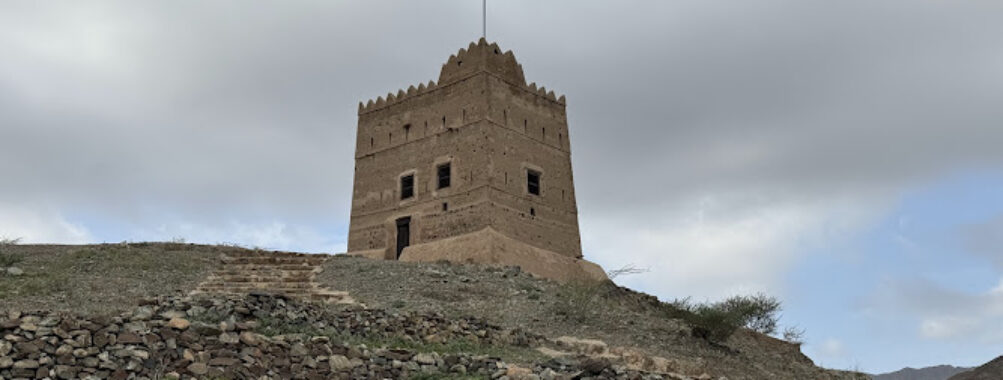
Al Hail Fort
Table of Contents
Description
Al Hail Fort stands as a striking reminder of the past, a mud-brick fortress from the 19th century that once guarded a royal compound. When you step inside, you’re not just looking at old walls; you’re stepping into a story etched in clay and stone, surrounded by sweeping views of the valley and rugged mountains that seem to stretch forever. It’s one of those places where history feels almost tangible, like you could reach out and touch the echoes of centuries gone by.
Now, I’ll be honest — it’s not a palace with gold-plated everything or a fancy museum with interactive screens. It’s raw, authentic, and a bit rough around the edges. That’s part of its charm. You get to wander through narrow corridors and climb weathered steps, imagining the lives of the people who lived there, the guards who kept watch, and the stories whispered in the shadows. It’s a spot that invites curiosity and a sense of adventure.
Families with kids will find it interesting too — the layout is simple enough for little explorers, and the open spaces mean they can roam without feeling cramped. Just a heads up, though: the fort isn’t wheelchair-friendly, so if you have mobility concerns, that might be a challenge. But if you’re up for a bit of climbing and exploration, it’s totally worth it.
Key Features
- Authentic 19th-century mud-brick architecture showcasing traditional building techniques
- Located within a former royal compound, offering a glimpse into historical royal life
- Panoramic views of the surrounding valley and majestic mountain ranges
- Family-friendly atmosphere, suitable for children to explore and learn
- Relatively untouched by modern renovations, preserving its original character
- Informative signage scattered around to help you piece together the fort’s history
- Quiet, off-the-beaten-path location perfect for those who want to escape the tourist crowds
Best Time to Visit
Visiting Al Hail Fort is best done during the cooler months, typically from October through March. Trust me, the heat can be relentless in the summer, and wandering around a mud-brick fortress under a blazing sun is not exactly a walk in the park. Early mornings or late afternoons are golden hours here — the light softens, the shadows play beautifully on the walls, and the views become even more breathtaking.
Springtime brings a subtle bloom to the surrounding wadi, adding a splash of green that contrasts nicely with the earthy tones of the fort. If you’re a sunset chaser, plan your visit to catch the sun dipping behind the mountains — it’s a sight that sticks with you long after you leave.
How to Get There
Getting to Al Hail Fort is pretty straightforward if you have your own wheels. It’s a bit tucked away, so public transport options are limited, and taxis might not be the most reliable unless you arrange them in advance. From the nearest city center, it’s a short drive through winding roads that offer their own scenic treats along the way.
If you’re like me and enjoy a little adventure, renting a car or joining a guided tour gives you the flexibility to explore at your own pace. Keep in mind that the roads near the fort can be a bit rough, so a vehicle with decent clearance is a smart choice. Parking is available but modest, so arriving early helps you snag a good spot.
Tips for Visiting
First off, wear comfortable shoes. The fort’s surfaces are uneven and a bit crumbly in places, so sturdy footwear will save you from any awkward slips or stubbed toes. Also, bring water — there aren’t many spots to grab a drink nearby, and the dry climate can dehydrate you faster than you think.
If you’re into photography, this place is a treasure trove. But don’t just snap and dash — take your time to soak in the details. The texture of the mud bricks, the way the sunlight filters through narrow windows, and the vastness of the landscape beyond the walls all tell a story.
One thing I’ve noticed is that the fort doesn’t have a ton of guided tours, so if you’re a history buff, consider doing a bit of homework beforehand or bringing along a guidebook. It really enriches the experience when you understand the significance of what you’re seeing.
Lastly, be respectful of the site. It’s a piece of heritage that locals treasure, so avoid climbing on fragile walls or disturbing the area. Leave only footprints, take only memories — and maybe a few great photos.
Location
Places to Stay Near Al Hail Fort
Find and Book a Tour
Explore More Travel Guides
No reviews found! Be the first to review!